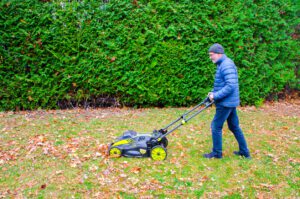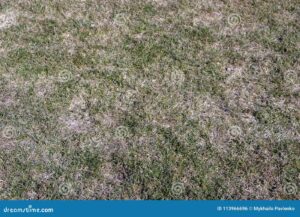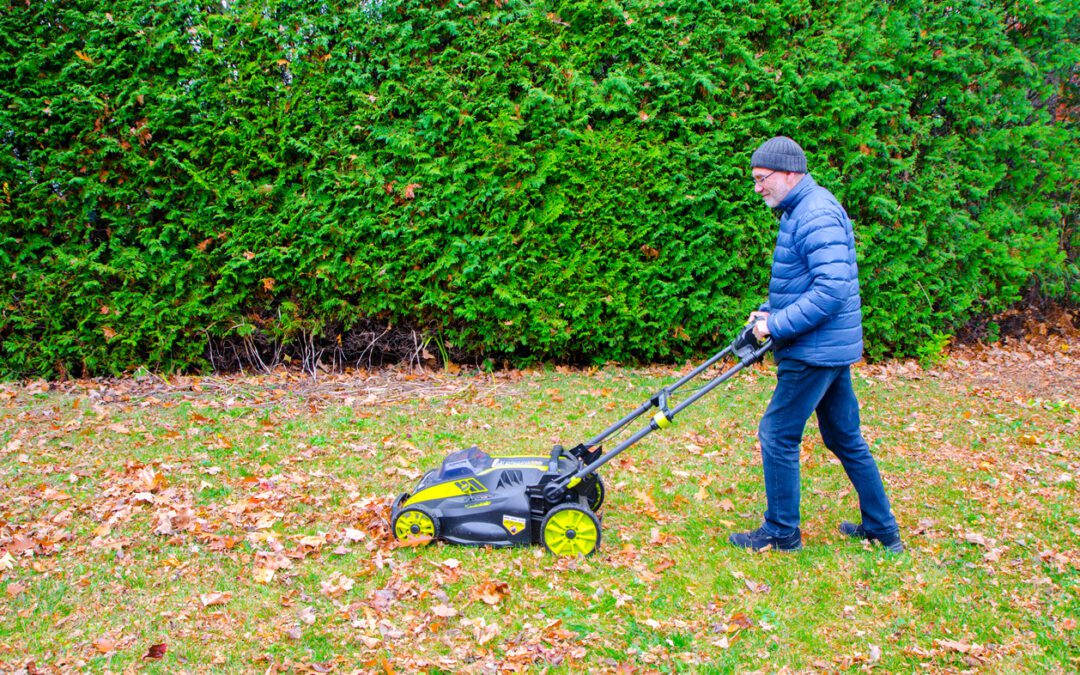Wisconsin’s favorite season of the year has arrived – fall! Packer football, crisp autumn air, vibrant blue skies, brightly colored leaves, pumpkin patches, apple orchards, Halloween décor, chili (WITH the noodles), and the list goes on and on! Now is also the ideal time to focus on ensuring our lawns not only withstands the harsh winter, but also ensure that they are fully prepared to grow back thick and strong in the spring.
We have prepared a Seven Step Series in Preparing Your Wisconsin Lawn for Winter. Now that Steps #1, Step #2, Step #3, Step #4 and Step #5 are completed, let’s move on Step #6:
Step #6: Mowing

This step might sound like a given, but the emphasis for this step is more about the height of the mowing that you do on your lawn in the Fall time in Wisconsin. Because the snow-melting period that we all experience in the Springtime can be quite intense, all of our lawns here in Northeast Wisconsin are at risk for developing brown spots that are caused by snow mold. Some kinds of snow mold will only damage the blades of the grass, whereas other, more severe kinds of snow mold can cause damage all the way down deep into the roots of the grass. If snow mold does occur in your lawn, rest assured that it can be fully recovered over time with reseeding and fertilizers. But snow mold is something that is preventable with very simple preparation.

In the Fall, once the grass’ growth slows down, continue to mow your lawn once a week as you normally would, but keep your lawn mowed about ½ inch – 1 inch shorter than you do throughout the previous parts of the year. At this time of the year, it is also beneficial to collect your grass clippings. This is because clippings can clump together and form a good home for bacteria to harbor in and multiply.

